In this article we address the importance of Early Intervention and cognitive stimulation for the prevention and slowing of cognitive decline and we propose five activities to work with people with Down syndrome.
Down syndrome is a genetic alteration caused by the presence of an extra chromosome or a part of one. People with Down syndrome have three chromosomes in pair 21. Down syndrome is not a disease and, therefore, does not require any medical treatment. But this genetic alteration causes slower development so it is essential that children with Down syndrome attend Early Intervention programs from birth.
Early Intervention in Down syndrome
These programs are aimed at children with Down syndrome between 0 and 6 years old and seek to decrease the maturational delay associated with this intellectual disability by taking advantage of the brain’s neuroplasticity, that is, the potential the brain has to modify and adapt itself. Ultimately, these programs aim to stimulate psychomotor, cognitive, linguistic and socio-affective development.
Cognitive stimulation against functional decline
The majority of studies agree in considering age 45 as the time when people with intellectual disabilities begin to show symptoms of functional decline that indicate the onset of premature aging. For this reason, performing cognitive stimulation activities is recommended for all people with Down syndrome in order to prevent and slow down cognitive deterioration.

Subscribe
to our
Newsletter
Cognitive stimulation activity program to work with people with Down syndrome
The NeuronUP cognitive stimulation program allows neuropsychologists, occupational therapists and speech therapists to adapt each of the activities to the particularities and needs of each person with Down syndrome.
The examples of cognitive stimulation activities for people with Down syndrome described here have been developed by NeuronUP under the principles of generalization.
5 cognitive stimulation activities for people with Down syndrome
Below, we propose five cognitive stimulation activities for people with Down syndrome:
1. Incomplete Images
We cannot always see an object whole; however, if we see significant parts of it we should be able to recognize which object it is. If our user has difficulty doing so, this cognitive stimulation worksheet will be useful.
What does it involve?
The user has to select the option that appropriately completes the image.
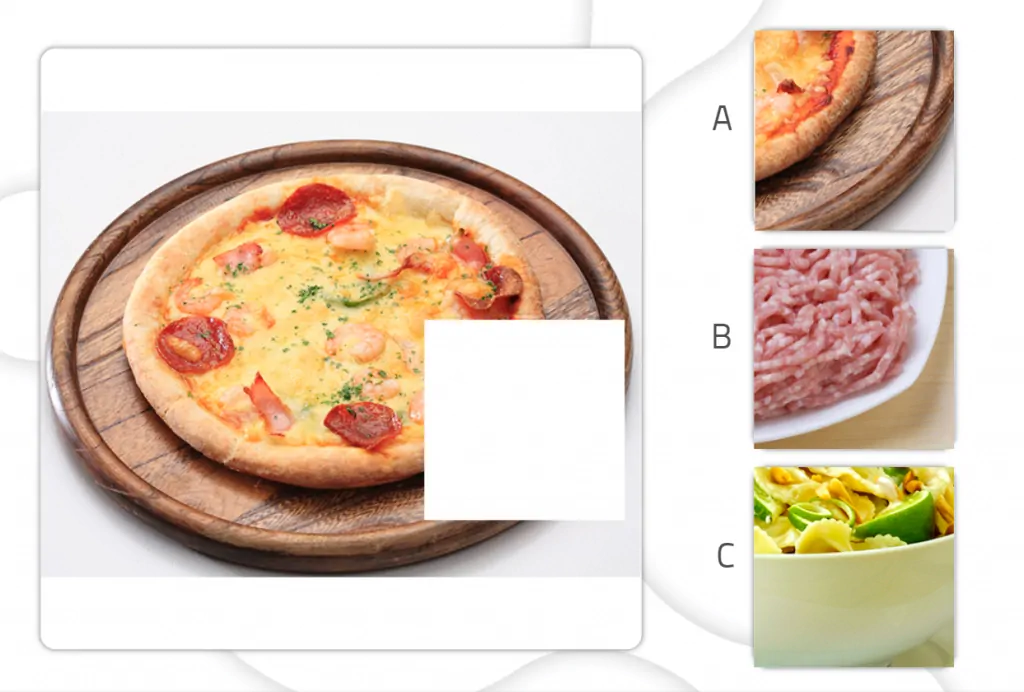
What does this activity target?
This activity particularly stimulates visual gnosias, that is, the ability to visually recognize various elements and attribute meaning to them: objects, faces, places, colors, etc.
Play by levels
It has five levels of difficulty. In the easiest levels it will be easier to select the option that more adequately completes the image, while in the more advanced levels it will be more difficult for the user to locate the remaining part.
Format
Also, this worksheet is available in both digital and paper formats.
2. Size comparison
What does it involve?
In this activity the user has to determine the size relationship between a series of images.
In the following example, the user has to order the apples from smallest to largest:
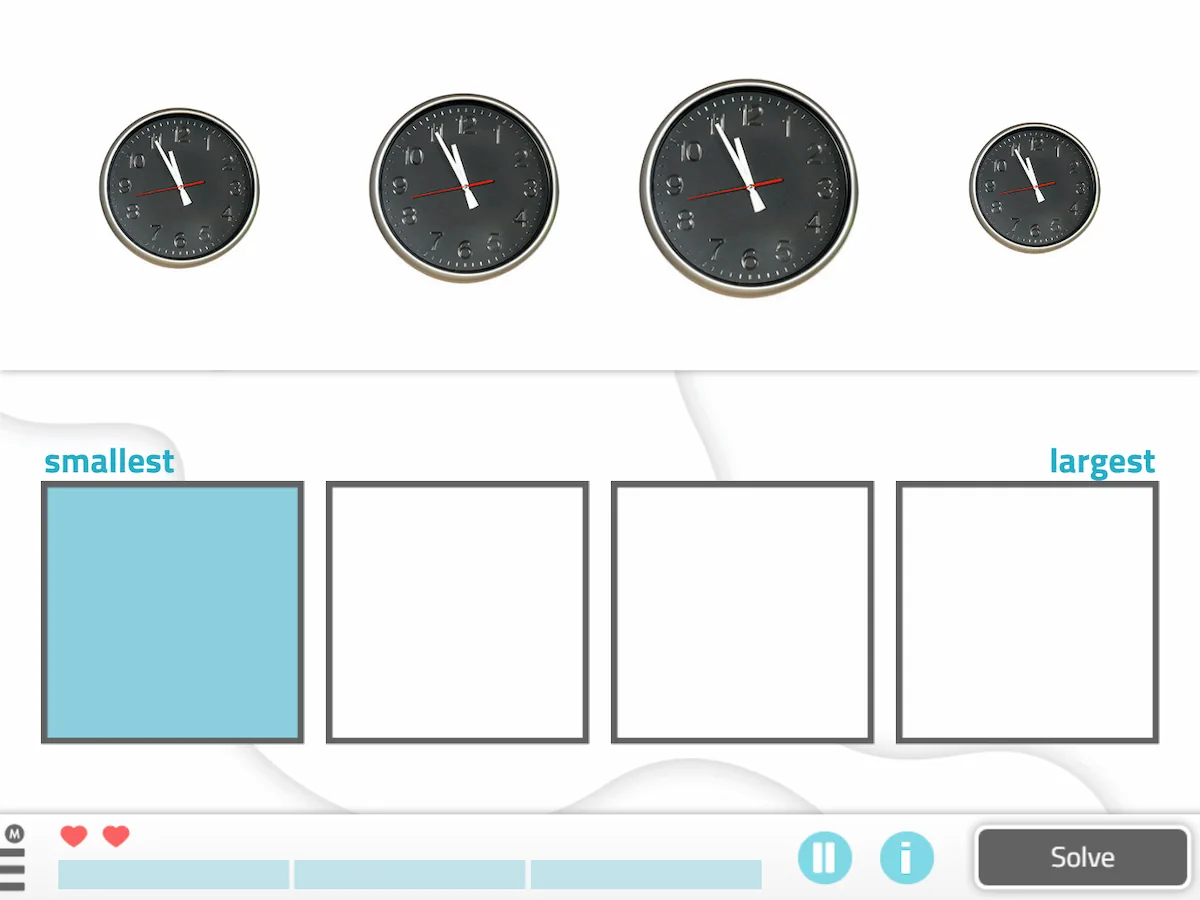
Play by levels
In the easiest levels it will be easier to compare size since the difference will be very large and there will only be two or three objects, while in the more advanced levels it will become increasingly complicated as there will be four or five objects of very similar sizes.
Also, this worksheet is available in both digital and paper formats.
Cognitive functions
This activity stimulates processing speed, that is, the rate at which the brain performs a task (obviously, it varies according to the task, depending on the other cognitive functions involved in it).
3. Hidden Letters
What does it involve?
The user has to search among a set of letters for only the indicated letter, in this case the “Q”.
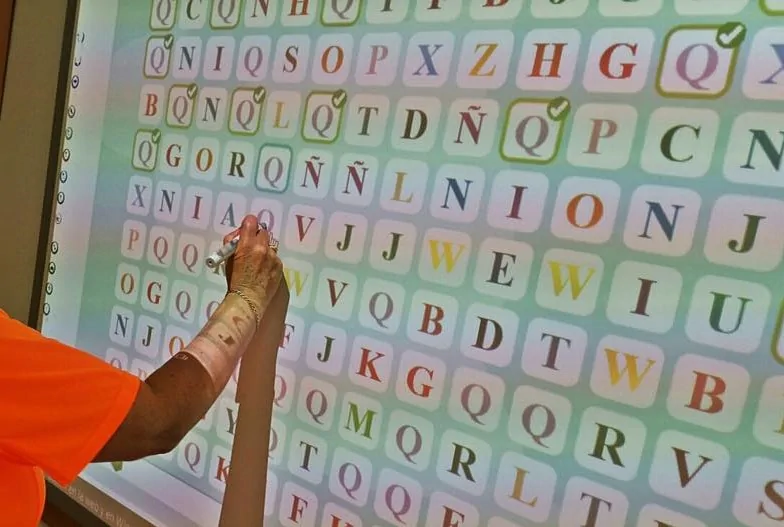
What does this activity target?
The main objective of this exercise is to work on selective attention, which consists of the ability to focus on something specific while ignoring other stimuli.
It also works on hemineglect, which is the great difficulty or inability to direct attention to one side (usually the left), both in relation to one’s own body and to space.
Activity customization
In addition, you will be able to customize the activity to adapt it to each user’s abilities.
Parameters
You can select the size of the matrix, the type and quantity of letters and whether you want different colors or not.
General aspects
The type of operation, the maximum time, whether or not you want a visible timer for the activity, inactivity warning and whether you want to modify the instructions for completion, etc.
4. Get Dressed
Activities of daily living are those exercises that increase the person’s independence and adaptation to the environment. These activities are ideal to work with people with Down syndrome. We propose the activity Get Dressed. It is available both with the figure of a man and with the figure of a woman.
What does it involve?
This activity consists of dressing the silhouette appropriately, taking into account both the place and order of placement of each garment and the type of situation.
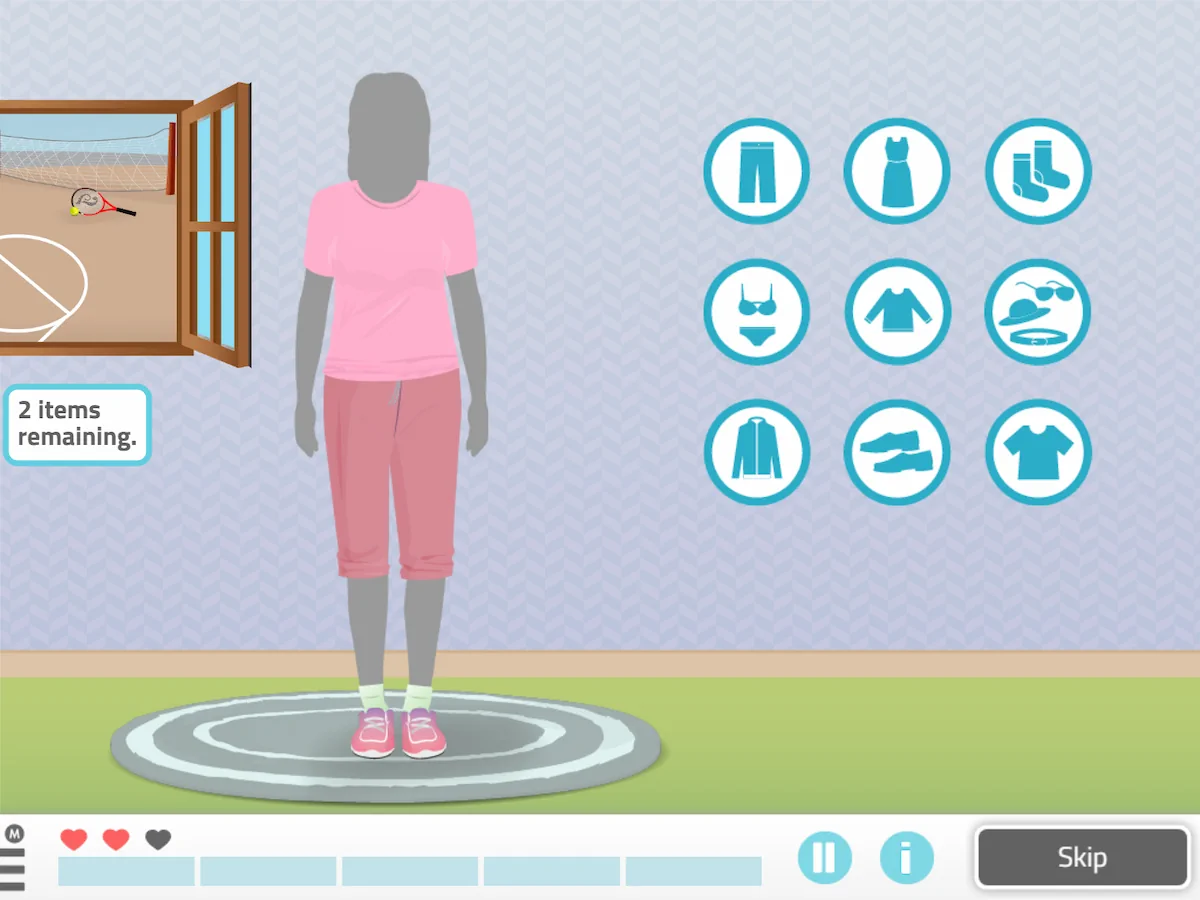
Play by levels
There are six levels. In the easiest levels there are fewer steps and more prompts from the program to perform the activity correctly, while in the more difficult levels the prompts decrease and the clothing requirements are more complex.
Activity customization
In addition, you will be able to customize the activity to adapt it to each user’s abilities.
Parameters
You can select the number of garments, the scenario, whether you want to add some type of distractor, the errors that can be made, the presentation of the garments, etc.
General aspects
You can choose the number of exercises, the maximum time, whether or not you want a visible timer for the activity and modify the instructions for completion, etc.
Adaptability
Finally, you can choose whether you want the movement of the clothing items to be draggable or only by clicking on the garment to select it. Depending on the user’s functionality one option or the other can be chosen.
What does this activity target?
- Procedural memory,
- body schema,
- ideational praxis,
- semantic memory,
- planning.
5. Mandalas
What does it involve?
This worksheet consists of coloring Mandalas following the model.
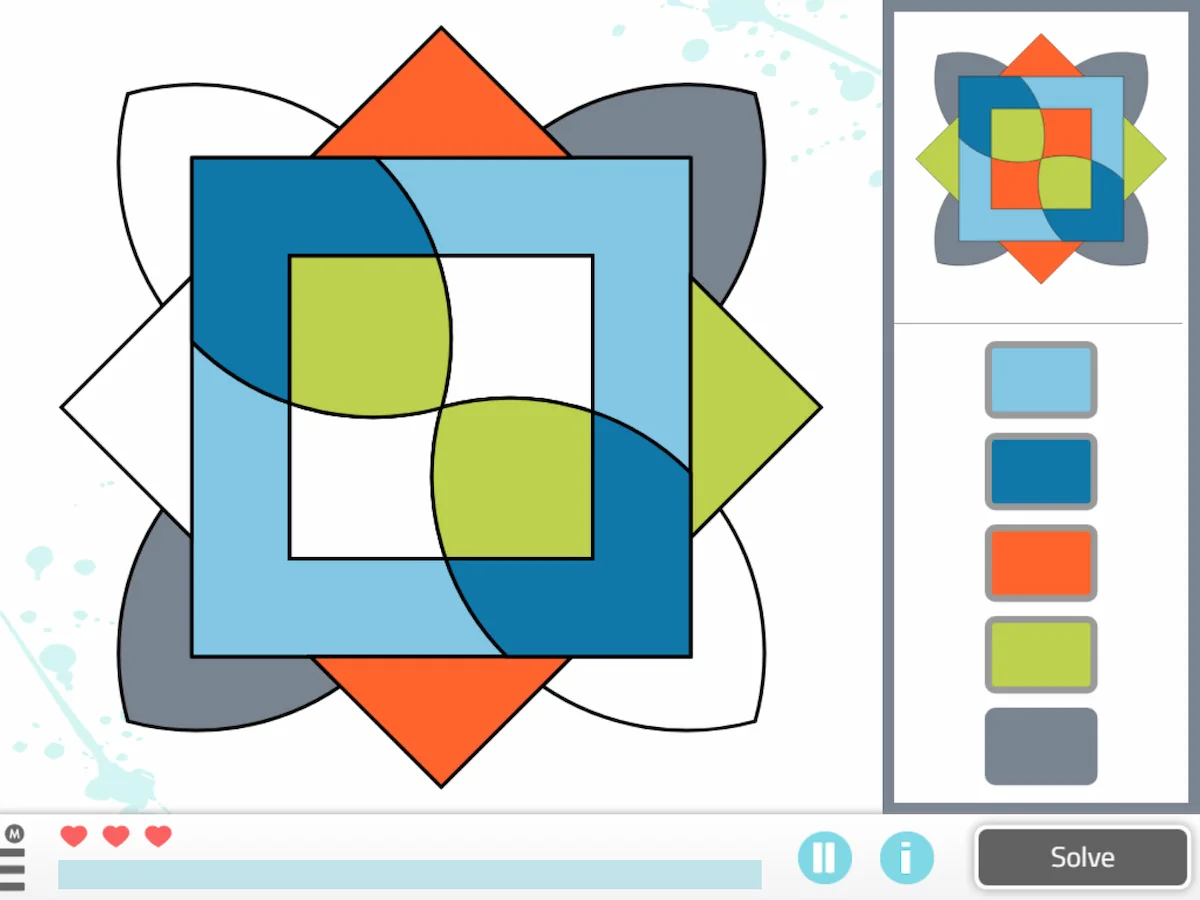
Play by levels
In the easiest levels it will be easier, since there will be fewer parts to paint and fewer colors, while in the more advanced levels it will become increasingly complicated, since there will be more parts to paint and more colors.
What does this activity target?
- Visual gnosias,
- selective attention.
Format
It is available in both digital and paper formats.
If you liked this article about 5 cognitive stimulation activities for people with Down syndrome, you might be interested in these NeuronUP publications:
“This article has been translated. Link to the original article in Spanish:”
5 actividades de estimulación cognitiva para personas con síndrome de Down
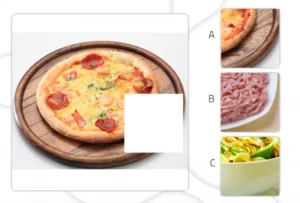
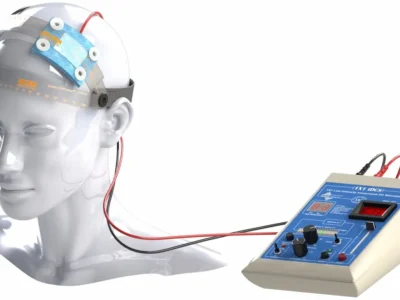

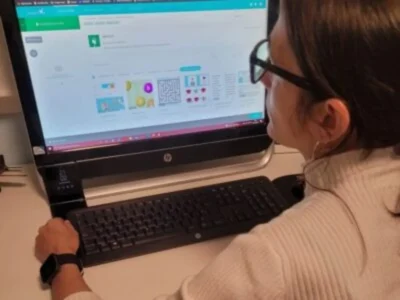
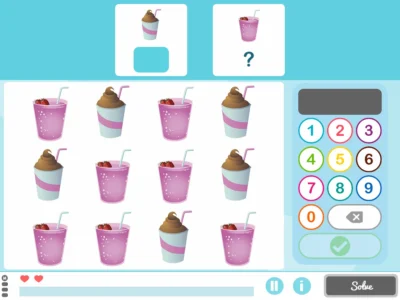
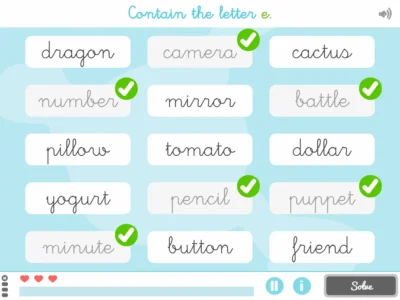
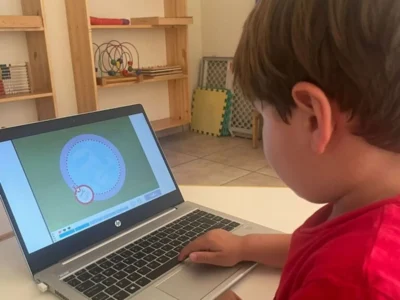
 Working with people with Down syndrome by age groups
Working with people with Down syndrome by age groups
Leave a Reply